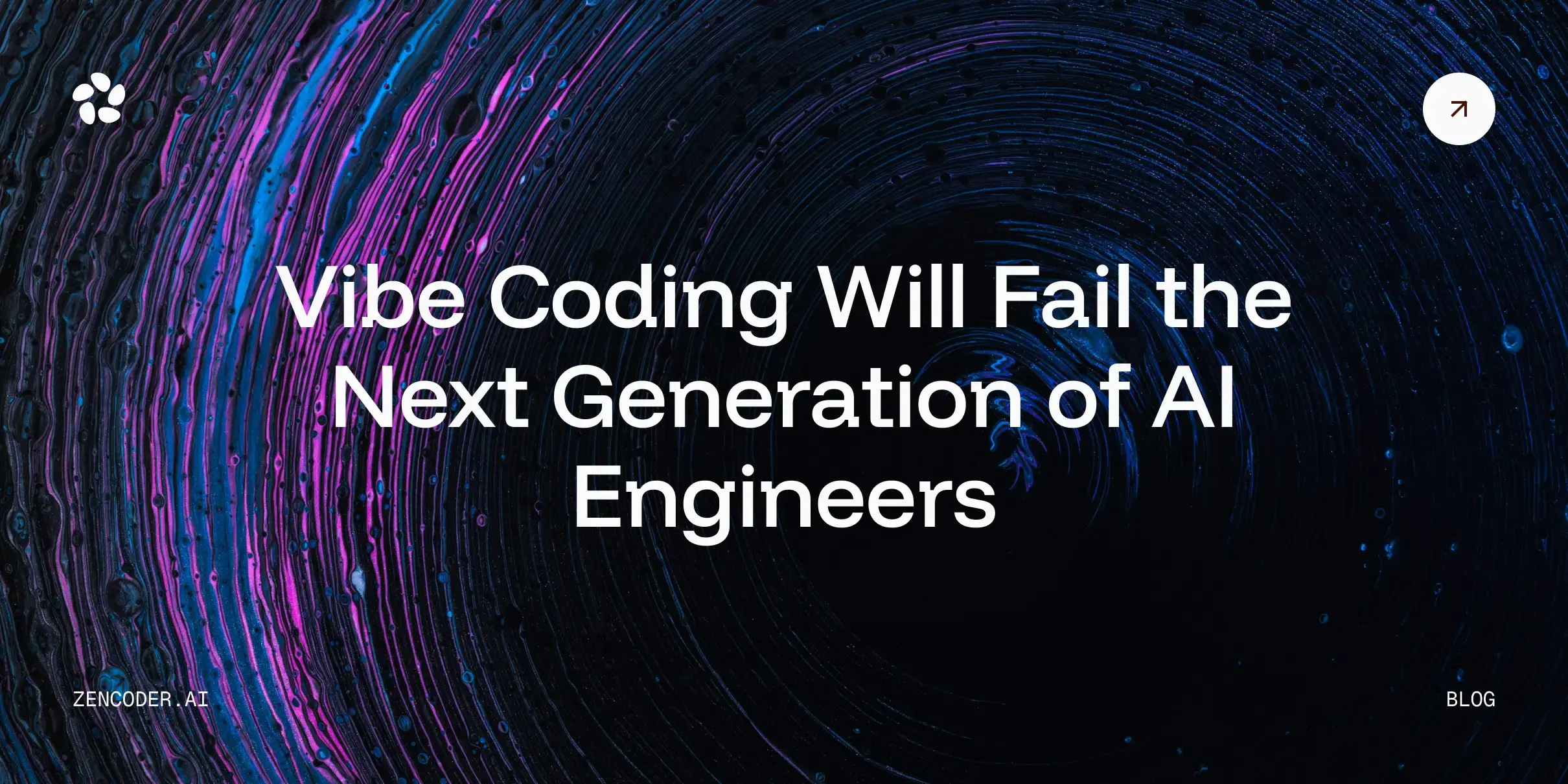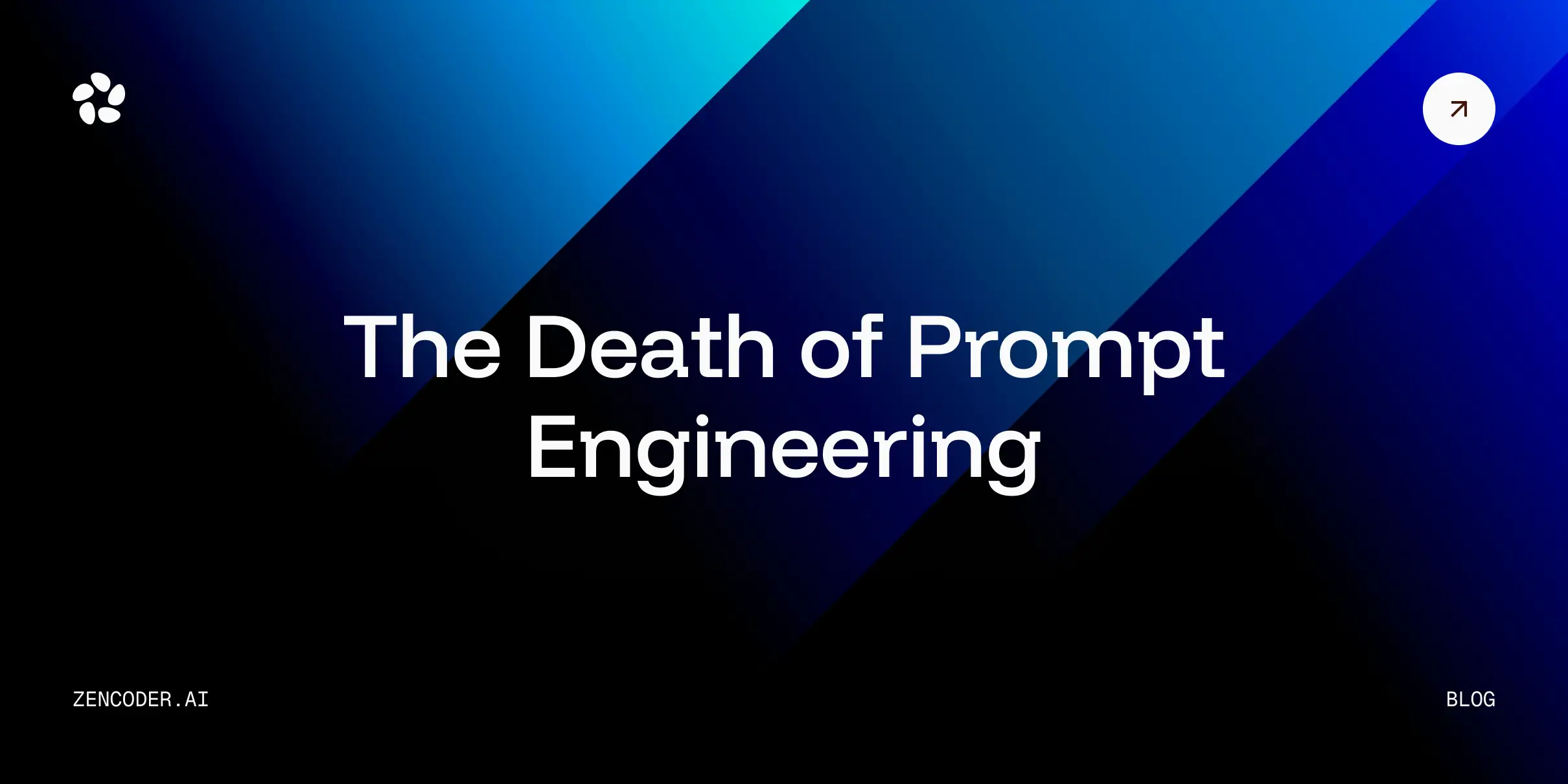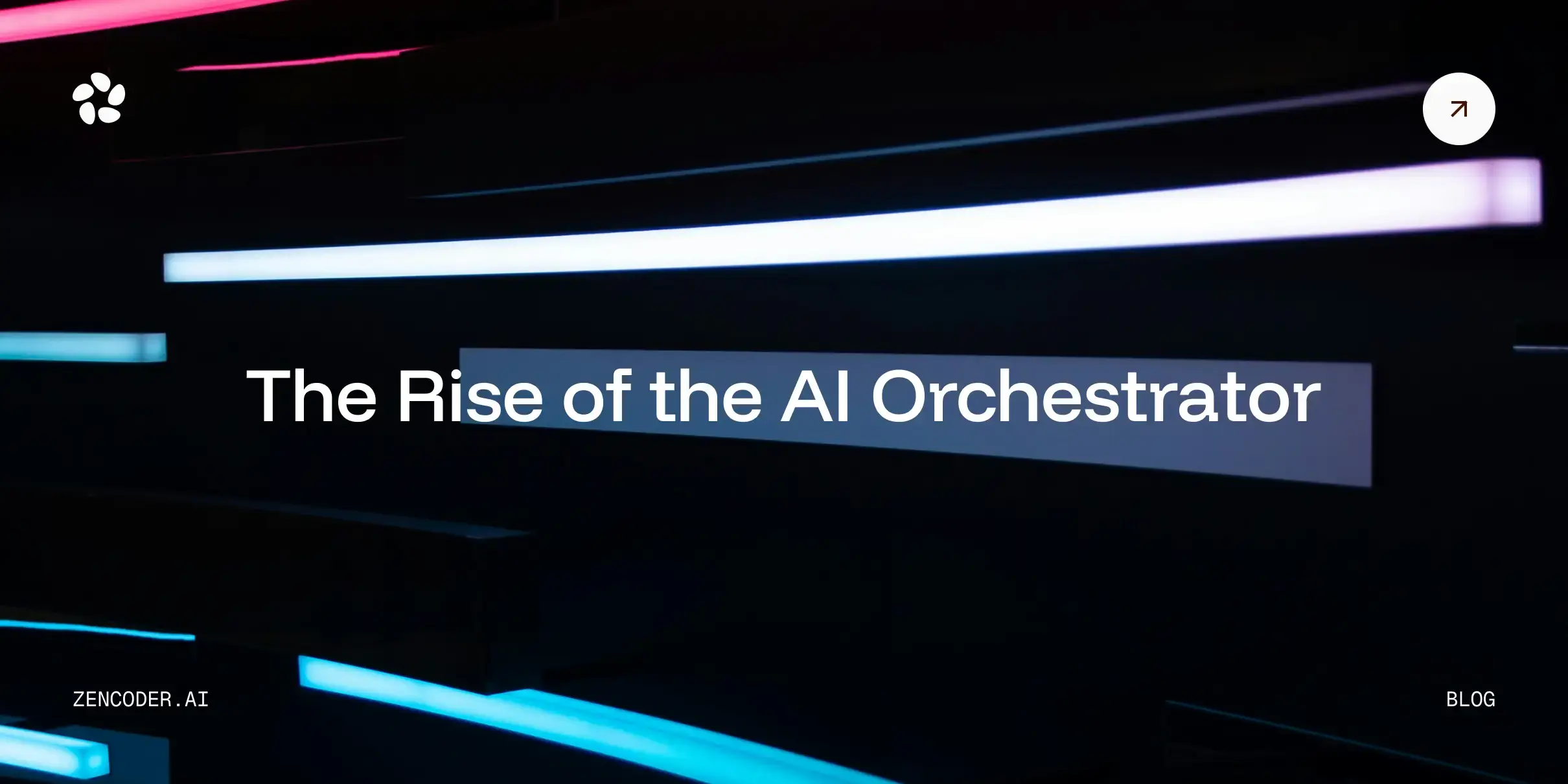Hey, have you heard about the latest revolution in software delivery? It's all about these things called CI/CD pipelines, and let me tell you, they're changing the game in a big way.
You see, back in the day, software development was kind of like a complicated dance, with developers trying to keep up with the ever-evolving demands of the market. But then someone had this brilliant idea - why not automate the whole process? Enter the CI/CD pipeline, a game-changing approach that has completely transformed the software delivery lifecycle.
These automated pipelines are the secret sauce, streamlining everything from code integration to deployment. Like a well-oiled machine that just keeps churning out high-quality software, faster and more consistently than ever before. No more manual errors, no more unpredictable deployment nightmares - just a reliable, repeatable process that keeps the business humming along.
But as software systems and development workflows have gotten more and more complex, the traditional CI/CD approach has started to show its limitations. That's where the real magic happens – the introduction of Artificial Intelligence (AI) into the mix.
AI-powered CI/CD pipelines, my friend, are the future.
Benefits of AI-powered CI/CD
- Faster Feedback Loops: AI-powered pipelines can analyze code changes and test results in real-time, providing immediate feedback to developers. For example, an AI-powered pipeline can instantly detect the impact of a code change on the overall system performance, flagging any potential regressions or bottlenecks. Developers can then quickly address these issues, ensuring the timely delivery of high-quality software.
- Self-Healing Infrastructure with AI: Remember that nightmare scenario where a server suddenly spikes in CPU usage, causing your whole system to come crashing down? Well, with AI-powered monitoring and anomaly detection, those issues can be identified and addressed proactively, before they even have a chance to disrupt your operations. The pipeline can automatically scale up resources, restart affected services, and notify the DevOps team – all without any human intervention.
- Predictive Maintenance: Imagine your pipeline being able to predict that your database is about to crap out, and then automatically scheduling maintenance, provisioning new resources, and keeping the relevant teams in the loop. Armed with this information, the pipeline can schedule maintenance windows, provision additional resources, and notify the relevant teams, ensuring the system remains stable and well-prepared for any potential issues.
- Automated Testing with AI: Visualize an AI-powered testing framework that can generate a diverse set of test cases, covering a wide range of user scenarios and edge cases. This comprehensive testing approach can uncover hidden bugs and edge cases early in the development process, allowing developers to address them before they become more costly to fix.
- Performance Optimization: Consider a scenario where an AI-powered pipeline can monitor the resource utilization of an application, identify memory leaks or inefficient database queries, and suggest code optimizations or infrastructure scaling to improve the overall performance. This proactive approach ensures that the deployed software delivers an exceptional user experience while minimizing the cost of running the underlying infrastructure.
But the benefits of AI-powered CI/CD don't stop there. This technology can also supercharge your testing and performance optimization processes, automating the generation of comprehensive test suites, identifying edge cases, and optimizing application performance based on real-time data.
I mean, just picture an AI system that can analyze your app's functionality, user flows, and potential snags, and then automatically create a diverse set of test cases to validate everything. It's like having a team of expert QA engineers who never sleep, always on the lookout for those pesky bugs and edge cases. And when it comes to performance optimization, the AI can dive into the data, pinpoint bottlenecks, and suggest ways to fine-tune your code, infrastructure, and configurations for maximum efficiency.
Now, I know what you're thinking – this all sounds great, but there must be some catches, right? Well, you're not wrong. Integrating AI into your CI/CD pipelines does come with its fair share of challenges and considerations that organizations need to address.
Explainability, for example, is a big one. As these AI models become more and more complex, it's crucial that the decision-making process behind their recommendations is transparent and easily understood by the development team. You don't want to just blindly trust the AI – you need to be able to see the logic behind its suggestions so you can make informed choices.
And then there's the whole issue of trust. Embracing AI-powered CI/CD requires a shift in organizational culture, where developers, IT teams, and the AI systems all need to work together seamlessly. Clear governance, monitoring, and oversight mechanisms are key to building that trust and ensuring everyone is on the same page. Oh, and let's not forget about data quality – the lifeblood of any AI model. If the data used to train and refine these systems isn't up to snuff, the accuracy and effectiveness of the whole CI/CD pipeline can suffer. Robust data governance practices, source integrity, and continuous performance monitoring are must-haves.
We’ll explore these challenges in detail later in the article.
How AI Assists in CI/CD
AI-powered CI/CD pipelines leverage various techniques and capabilities to streamline the software delivery process:
- Code Analysis: AI-powered code analysis can identify potential issues, such as security vulnerabilities, code smells, and architectural problems, during the early stages of the development lifecycle. This proactive approach helps developers address problems before they escalate, reducing technical debt and improving code quality. Imagine an AI-powered code analysis tool that can scan the codebase, identify common security anti-patterns, and suggest remediation strategies, ensuring that the deployed software is secure and resilient to cyber threats.
- Automated Testing: AI-driven test generation and optimization can create comprehensive test suites that cover a wide range of scenarios, including edge cases and complex user interactions. Picture an AI system that can analyze the application's functionality, user flows, and potential edge cases, and then automatically generate a diverse set of test cases to validate the software's behavior. This approach ensures that the testing process is comprehensive, efficient, and adaptable to changes in the codebase.
- Performance Optimization: AI algorithms can analyze application performance data, identify performance bottlenecks, and recommend optimization strategies. Imagine an AI-powered performance optimization tool that can monitor the application's resource utilization, network traffic, and response times, and then suggest ways to improve the overall performance, such as caching strategies, database indexing, or scaling the underlying infrastructure.
- Deployment Management: Consider a scenario where a new version of the software is ready for deployment. An AI-powered pipeline can analyze the deployment history, current infrastructure capacity, and user traffic patterns to determine the optimal deployment strategy. This may involve gradually rolling out the new version, automatically scaling resources to handle increased traffic, and monitoring the application's health to ensure a seamless transition.
Challenges and Considerations
While the benefits of AI-powered CI/CD pipelines are compelling, there are also some challenges and considerations that organizations need to address:
- Explainability: As AI models become more complex, ensuring the explainability and interpretability of their decision-making processes is crucial. Developers need to understand the reasoning behind the AI-driven recommendations and decisions to build trust and maintain control over the CI/CD pipeline. When an AI-powered pipeline suggests a certain optimization strategy or deployment plan, it's essential to provide clear explanations of the underlying factors and the rationale behind the recommendation. This transparency helps developers understand the logic and make informed decisions about the next steps.
- Trust: Embracing AI-powered CI/CD pipelines requires a culture of trust and collaboration between developers, IT teams, and the AI systems. Establishing clear governance, monitoring, and oversight mechanisms can help build confidence in the AI-driven processes. Organizations should invest in training and educating their teams on the capabilities and limitations of the AI-powered CI/CD pipeline. Regular communication, shared decision-making, and a collaborative approach can help foster trust and facilitate the smooth integration of AI into the software delivery process.
- Data Quality: The performance and reliability of AI models are heavily dependent on the quality and diversity of the data used for training. Ensuring high-quality data for training and continuous refinement of the AI models is essential for maintaining the accuracy and effectiveness of the CI/CD pipeline. Organizations should implement robust data governance practices, ensure the integrity and completeness of their data sources, and continuously monitor the performance of the AI models to identify and address any data-related issues. This proactive approach helps maintain the accuracy and reliability of the AI-powered CI/CD pipeline.
But you know what they say – where there's a will, there's a way. And with the massive potential of AI-powered CI/CD pipelines, the rewards far outweigh the challenges. This technology is poised to completely transform the way we think about software delivery, ushering in a new era of speed, reliability, and efficiency that will leave your users (and your boss) absolutely thrilled.
The Future of AI-powered CI/CD
As AI and machine learning technologies continue to evolve, the future of AI-powered CI/CD pipelines holds immense potential. Imagine a world where software delivery processes are entirely self-learning, with AI systems continuously analyzing data, identifying patterns, and optimizing the pipeline to deliver software faster, more reliably, and with greater efficiency.
The integration of AI with DevOps tools and frameworks will further enhance the capabilities of CI/CD pipelines, enabling seamless collaboration between humans and machines. AI-powered systems will be able to self-diagnose issues, recommend corrective actions, and even autonomously execute certain deployment tasks, reducing the need for manual intervention.
Furthermore, the convergence of AI and Continuous Deployment will pave the way for truly autonomous software delivery, where AI-driven decision-making and real-time monitoring can enable immediate, risk-assessed software updates without human intervention. This level of automation and self-healing will revolutionize the way organizations approach software delivery, leading to increased agility, reduced downtime, and improved customer satisfaction.
Picture a scenario where an AI-powered CI/CD pipeline can automatically detect a security vulnerability in the codebase, evaluate the risk and potential impact, and then seamlessly deploy a fix without disrupting the running application. This level of autonomous software delivery will transform the way organizations manage their software systems, enabling them to respond to threats and opportunities in real-time, and staying ahead of the curve.
Conclusion
Just imagine a future where the entire software delivery process is self-learning, with AI systems constantly analyzing data, identifying patterns, and optimizing the pipeline to deliver software faster, more reliably, and with greater efficiency than ever before. It’s always on the lookout for ways to make the process smoother, more agile, and more responsive to the ever-changing needs of the business.
And the best part? This AI-DevOps convergence is just the beginning. As these technologies continue to evolve, we're going to see the rise of truly autonomous software delivery, where AI-driven decision-making and real-time monitoring enable immediate, risk-assessed updates without any human intervention. Imagine your CI/CD pipeline automatically detecting a security vulnerability, evaluating the risk, and then seamlessly deploying a fix – all while your app keeps chugging along without so much as a hiccup. It's the stuff of software delivery dreams, my friend.
So, are you ready to dive into the future of AI-powered CI/CD pipelines? Because trust me, the potential for innovation and disruption in this space is absolutely boundless. By embracing this technology, you and your team can unlock new levels of productivity, quality, and responsiveness, ultimately delivering software that not only meets the needs of your customers but also drives your business forward in a big way.
Sure, the journey might come with its fair share of challenges, but the rewards are more than worth it. Overcome those hurdles of explainability, trust, and data quality, and you'll be harnessing the transformative power of AI to revolutionize the way you build, test, and deploy software. The future of software delivery is here, and it's powered by the dynamic duo of AI and CI/CD pipelines. Let's dive in and see what magic we can create together, shall we?




